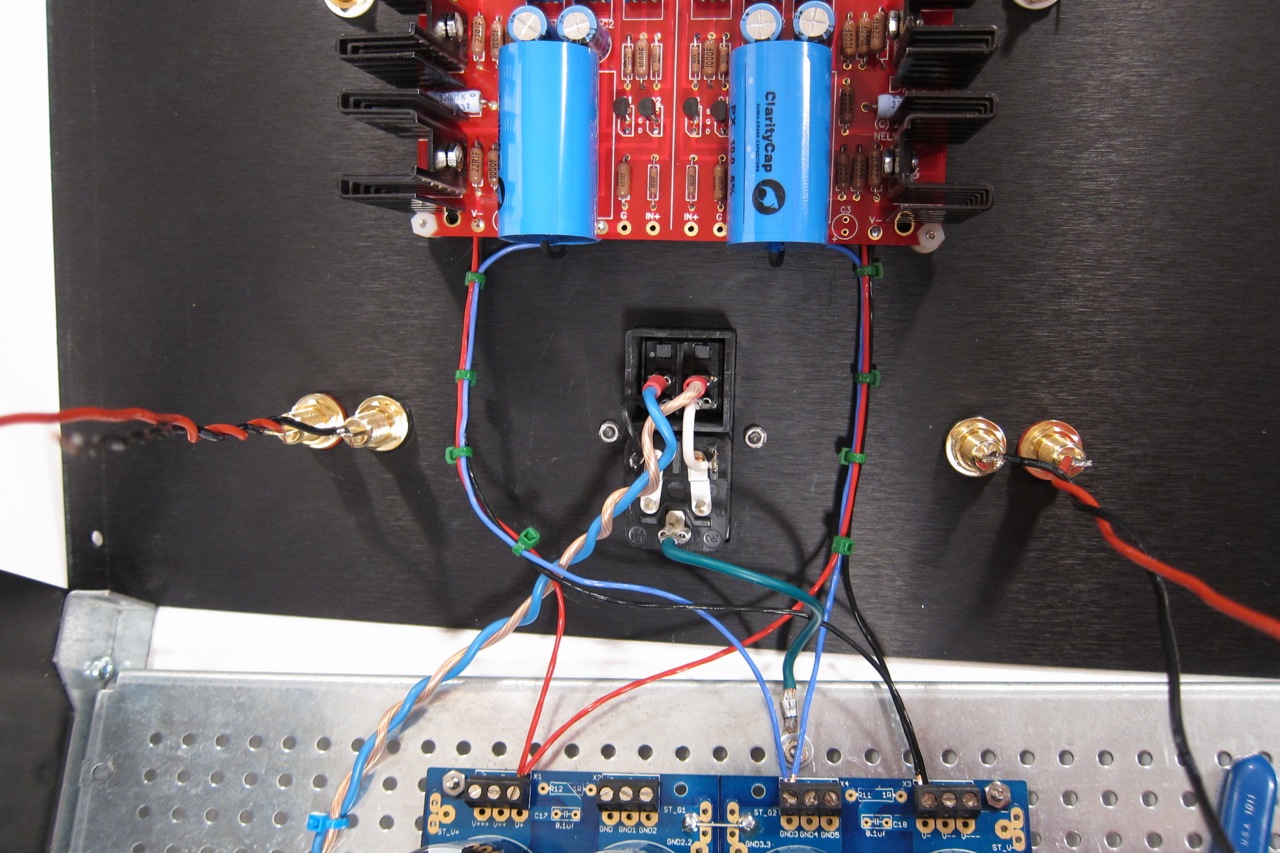A short some where downstream.
Diodes often go shorted when overloaded.
The first semiconductor after a transformer is usually a diode.
If a diode goes shorted, then the transformer relies on the mains fuse to prevent the fault burning the house down.
But, use a 10A fuse on a 300VA 240Vac transformer and you are asking for trouble and deserve it.
Use the bulb tester to help find what part is drawing excessive current. Then you can target measuring to identify the broken component.
BTW, a close rated mains fuse for that 300VA 240Vac transformer would be around T1A. You have to use T1.25A, or maybe get a long life out of a T800mA fuse.
Diodes often go shorted when overloaded.
The first semiconductor after a transformer is usually a diode.
If a diode goes shorted, then the transformer relies on the mains fuse to prevent the fault burning the house down.
But, use a 10A fuse on a 300VA 240Vac transformer and you are asking for trouble and deserve it.
Use the bulb tester to help find what part is drawing excessive current. Then you can target measuring to identify the broken component.
BTW, a close rated mains fuse for that 300VA 240Vac transformer would be around T1A. You have to use T1.25A, or maybe get a long life out of a T800mA fuse.
I don't have much experience with class A but the transformer may be on the light side. I don't think it would fail though. Andrew's suggestion of the rectifier shorting could definitely cause a failure though.
I now have a stable power supply for my Aleph 30 …. I have 36.4 and 36.5 VDC . I up-graded the 220uf to 50 V . My Heat sinks are more than adequate.
What other considerations do I need to allow for ?
Thank you , Richard
What other considerations do I need to allow for ?
Thank you , Richard
I missed an error in the last sentence. Omitted a "may".A short some where downstream.
Diodes often go shorted when overloaded.
The first semiconductor after a transformer is usually a diode.
If a diode goes shorted, then the transformer relies on the mains fuse to prevent the fault burning the house down.
But, use a 10A fuse on a 300VA 240Vac transformer and you are asking for trouble and deserve it.
Use the bulb tester to help find what part is drawing excessive current. Then you can target measuring to identify the broken component.
BTW, a close rated mains fuse for that 300VA 240Vac transformer would be around T1A. You may have to use T1.25A, or maybe get a long life out of a T800mA fuse.
Honestly, if the PSU is measuring what you expect, and the capacitors are all a higher voltage rating than the PSU, you should be good to proceed.
How does the V+ and V- on my Aleph boards relate to the PSU voltage out ….. is the V+ fed from the V+ on the boards ….. is one side of the PSU V+ and the other V- . So the V+ for both boards is fed from V+ side of the PSU ? silly questions ,but no harm in asking 🙂
Rich
Rich
There are plenty of the screw terminals on your PSU board to fit all the connections needed.
Look at this photo - in the BA-3 front-end, although it's one physical PCB, it has 2 connections to the PSU, V-/gnd/V+ for each channel. (Similar to 2 separate PCB)

You can see each channel's V+(red), GND(blue), and V-(black) connected to the PSU. I happened to use the same terminal block opening, but only because the feed wires to the circuit board were small enough to fit in one.
Look at this photo - in the BA-3 front-end, although it's one physical PCB, it has 2 connections to the PSU, V-/gnd/V+ for each channel. (Similar to 2 separate PCB)

You can see each channel's V+(red), GND(blue), and V-(black) connected to the PSU. I happened to use the same terminal block opening, but only because the feed wires to the circuit board were small enough to fit in one.
Could someone help with the grounding of the amplifier board and the psu please ?
I have the ground from the AC inlet direct to the chassis . I also had the amp board grounded to the psu board then to the chassis via CL60 . The fuse blew and the CL60 smoked …. Something is not quite right 🙂
I have the ground from the AC inlet direct to the chassis . I also had the amp board grounded to the psu board then to the chassis via CL60 . The fuse blew and the CL60 smoked …. Something is not quite right 🙂
- Home
- Amplifiers
- Power Supplies
- diyAudio Power Supply Circuit Board v3 illustrated build guide
